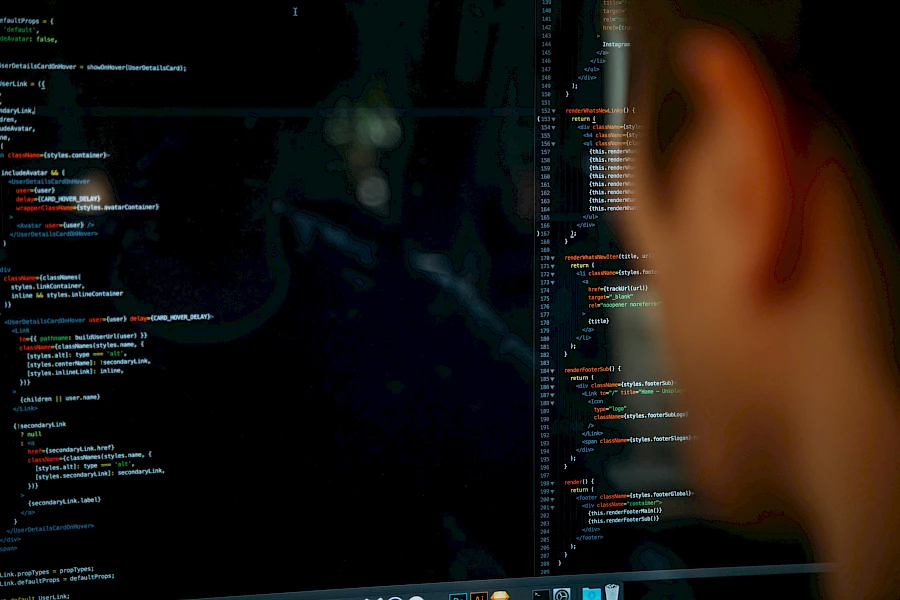
Le développement full-stack fait référence au développement de bout en bout d'applications web ou mobiles, englobant à la fois le développement front-end et back-end. Un développeur full-stack maîtrise les technologies côté client et côté serveur et est capable de travailler sur l'ensemble de la pile logicielle pour créer des applications entièrement fonctionnelles. Pour devenir un développeur full-stack, il faut connaître diverses technologies et cadres, notamment les langages frontaux tels que HTML, CSS et JavaScript, ainsi que les langages dorsaux, les bases de données, les serveurs et bien plus encore.

Full-stack development refers to the end-to-end development of software applications. A full-stack developer is someone who can handle all the work of databases, servers, systems engineering, and clients.
In a typical software project, there are two major sides: the front end and the back end. The front end refers to the client-side of the application - this is the user interface and functionality that runs in the user's browser. Technologies for front-end development include HTML, CSS, JavaScript, and front-end frameworks like React and Angular.
The back end refers to the server side of the application. This is the behind-the-scenes logic that handles data, database interactions, business logic, authentication, APIs, servers, and more. Back-end technologies include programming languages like Java, Ruby, Python, PHP, and .NET and back-end frameworks like Spring, Django, Ruby on Rails, and Laravel.
A full-stack web developer is someone who can work with both the front-end and back-end portions of a project. This requires a broad set of technical knowledge and skills. While many programmers specialize in one area, like front-end or back-end development, a full-stack programmer can design complete web application architecture from start to finish. Being a full-stack developer allows greater flexibility and marketability as you can work on diverse types of projects and bring a wider perspective to product development. Most startups and smaller companies look for full-stack engineers who can take on multiple roles.
In summary, full-stack development involves expertise in diverse client-side and server-side technologies and frameworks to build complete web-based software solutions. A full-stack developer has the ability to work on both the front-end application logic and design along with the back-end databases, APIs, servers, and infrastructure.